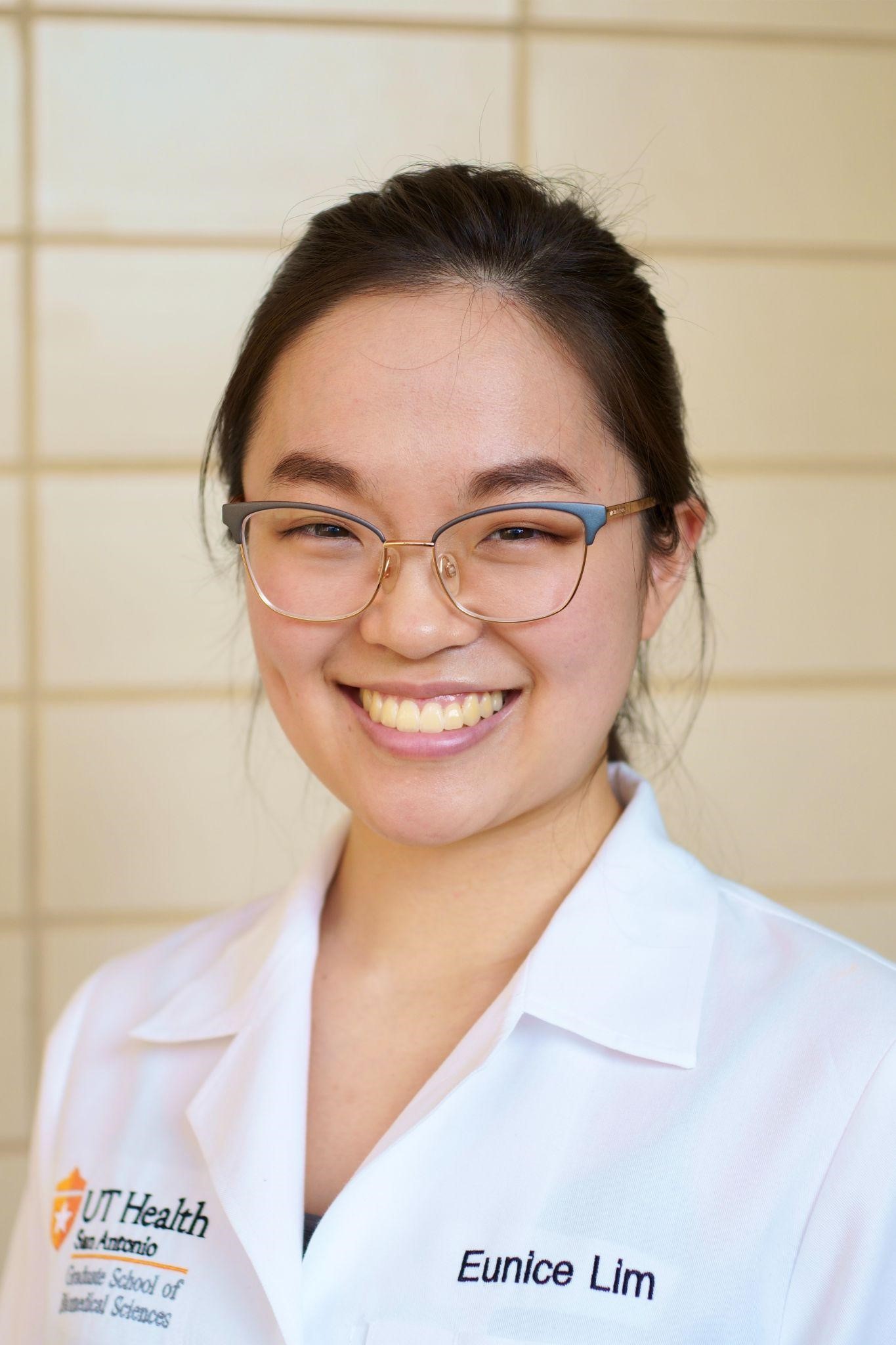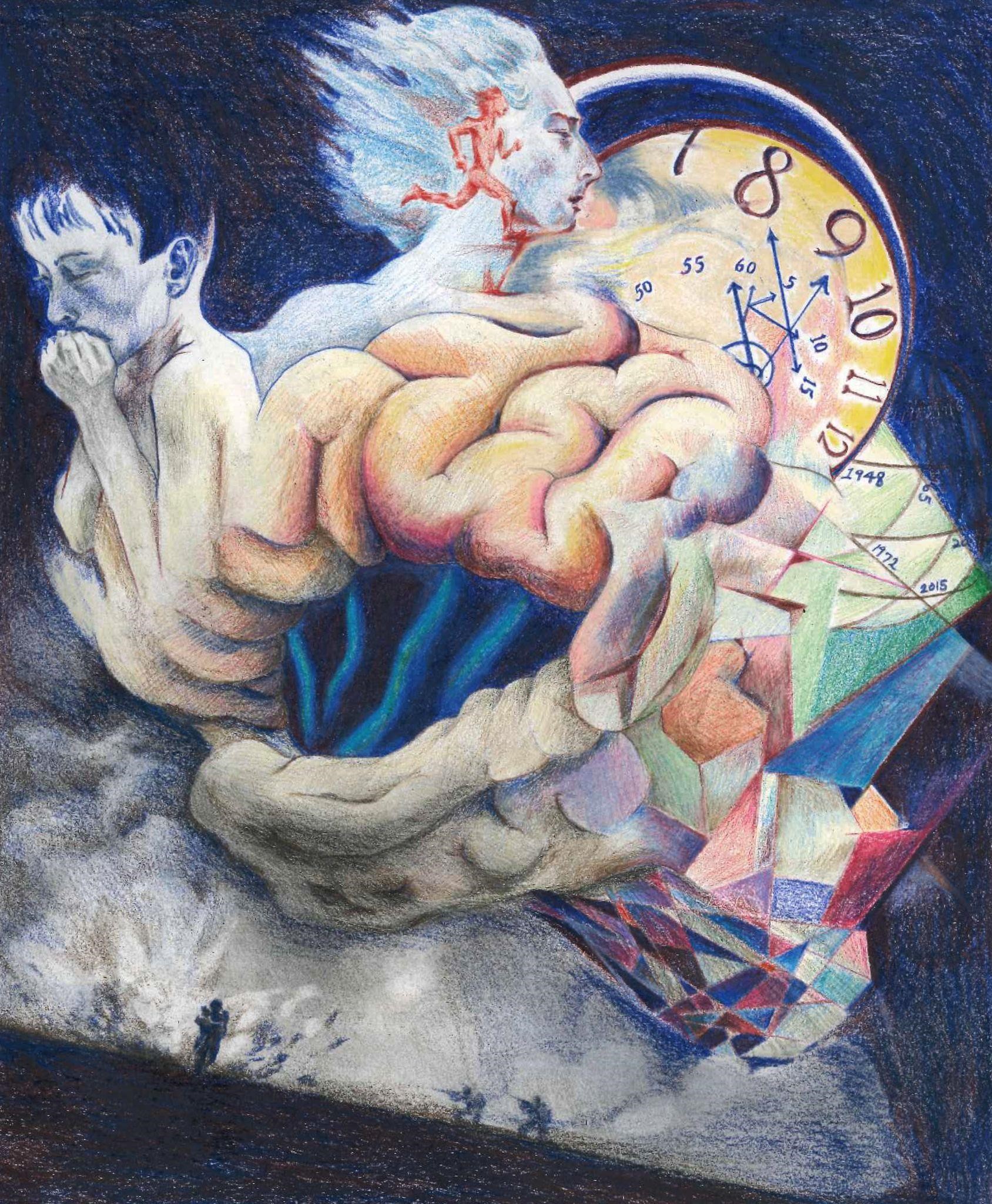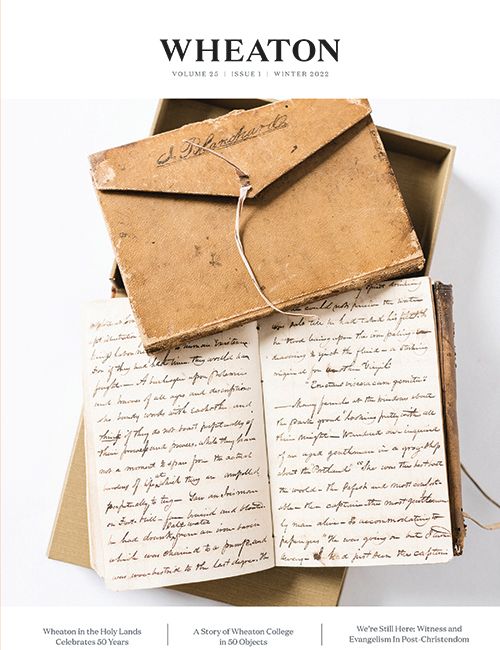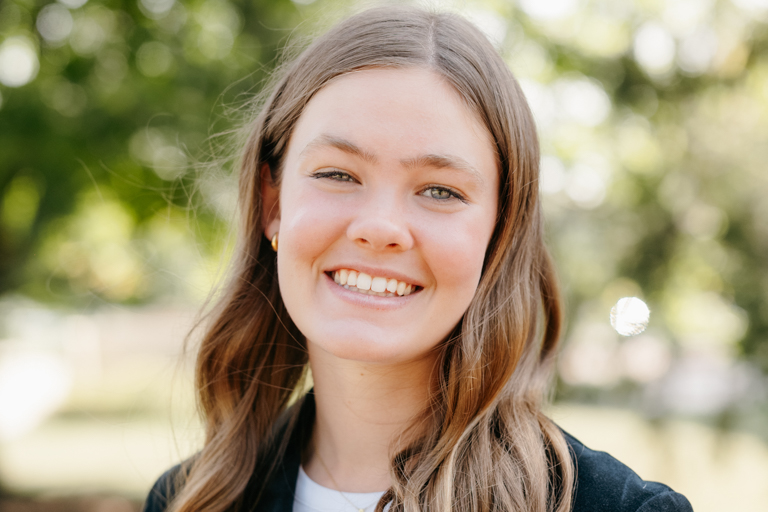Eunice Lim ’17: The Art of Neuroscience
Words: Ciera Horton McElroy ’17

Eunice Lim ’17 at UT Health San Antonio
Eunice Lim ’17 has a lot of interests.
She is a painter and a neuroscientist, she helped found Wheaton’s Jewish Culture Club, she’s passionate about penguins and humpback whales, and she dreams of working with orcas in New Zealand that have been exhibiting some unusual behavior.
“They eat stingrays,” she said.
Lim may be a graduate researcher and Ph.D. candidate at the University of Texas Health at San Antonio, but she is not your typical neuroscientist. And, as she put it, that’s kind of the point. “Neuroscience is the liberal arts epitome of all the sciences,” she said. “We’re studying the mind! And to study the brain, you’re combining not just the physical sciences. You need to combine literature, philosophy. Everything about human experience is relevant for studying the mind.”
Neuroscience is informed by a wide variety of academic disciplines, which can make it difficult to define. “When Dr. Nathaniel Thom offered the first Introduction to Neurobiology course, I signed up for the class and in the first lesson realized I had no idea what neurobiology was,” recalled Lim.
Neuroscience is also a relatively new field, Lim explained. It became its own distinct scientific discipline in the 1960s in the wake of World War II. Philosophers and scientists had been studying the brain for centuries. But in antiquity, they did not understand the correlation between the brain and the mind—or, in other words, behavior. This is why ancient Egyptians discarded the brains during the mummification process. They thought the head-organ simply wasn’t all that important.
In the 1960s, neuroanatomy, chemistry, biology, and psychology became part of the “neurosciences” as a comprehensive approach to the study of nervous system function.
Wheaton’s liberal arts approach to this liberal arts science allowed Lim to love many things at once. “My freshman year when I took Introduction to Biology, we had a lab course,” she said. “The professor was Dr. Vanya Tepavčević. For every class, she assigned one student to present a devotional. Because it was a Christian institution, I had full freedom to share the things that I pondered. And in my devotional, I shared about humpback whales.”

Artwork by Lim
Lim’s face lit up as she described the gentle mammals and the first time she heard a recording of a whale song. “I grew to love father God and what he created so much because it was so beautiful—and so surprising,” she said.
For Lim, the study of science is sacred. She cited Isaiah 45:3 (NIV) as a cherished verse: “I will give you the treasures of darkness, riches stored in secret places, so that you may know that I am the LORD, the God of Israel, who summons you by name.”
“When I first read that verse, I was stunned,” said Lim. “That’s exactly what I feel when I study science or when I am painting. It’s a quiet moment between just me and God. And he’s showing me his secrets of what he has made in living things. And I get to respond either by painting what I see or by writing in the research that I report.”
Lim’s current research involves studying attention and how attentiveness presents in the brain. After her Ph.D., she aspires to teach at a college—and, of course, to make it to New Zealand.
Everything about human experience is relevant for studying the mind.




.jpg)